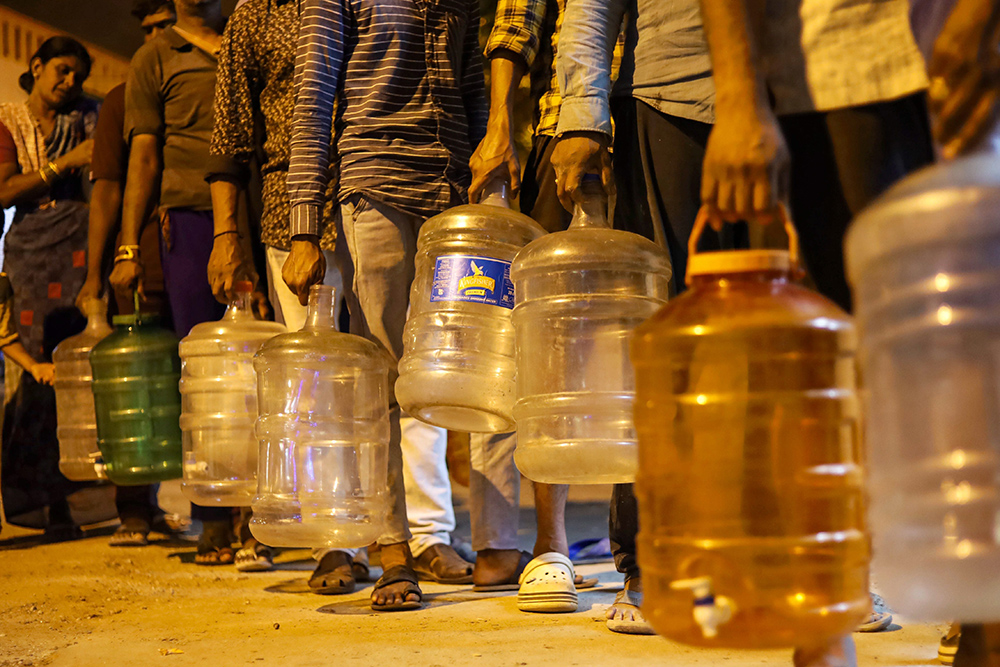
NEW DELHI: Before the onset of the summer season, the live storage capacity in India’s 150 primary reservoirs stands at a mere 38 per cent of their total capacity -lower than the average for the same period over the past decade, as per data provided by the Central Water Commission(CWC), Ministry of Jal Shakti, Government of India.
Metropolitan cities like Bengaluru are already experiencing a deficit of approximately 500 million litres of water per day (MLD) compared to a demand of 2,600 MLD. Karnataka, along with other states, has recorded decreased storage levels compared to the same period last year. Bengaluru boasts 14,000 bore wells, out of which 6,900 have run dry.
Karnataka’s Chief Minister, Siddaramaiah, informed reporters that water bodies have either been encroached upon or have dried up. The city requires 2,600 MLD of water, with 1,470 MLD sourced from the Cauvery River and 650 MLD from bore wells.
Several other states, including Himachal Pradesh, Punjab, Madhya Pradesh, Tripura, Rajasthan, Bihar, Maharashtra, Uttar Pradesh, Gujarat, Chhattisgarh, Andhra Pradesh, Telangana (two combined projects in both states), and Tamil Nadu, have also reported diminished storage levels compared to last year.
The total live storage capacity of these 150 primary reservoirs is 1,78,784 Billion Cubic Metres (BCM), constituting about 69.35 per cent of the nation’s total live storage capacity. The published data indicated that the live storage available in these reservoirs is 67.591 BCM, representing 38 per cent of their total live storage capacity.
However, during the corresponding period last year, the live storage available was 80.557 BCM, with an average of 72.396 BCM over the past decade.
The Southern states – Andhra Pradesh, Telangana (two combined projects in both states), Karnataka, Kerala, and Tamil Nadu, monitors 42 reservoirs with a total live storage capacity of 53.334 BCM. Presently, the storage levels in the southern region are lower than those observed during the same period last year and also fall below the average storage over the past ten years.

